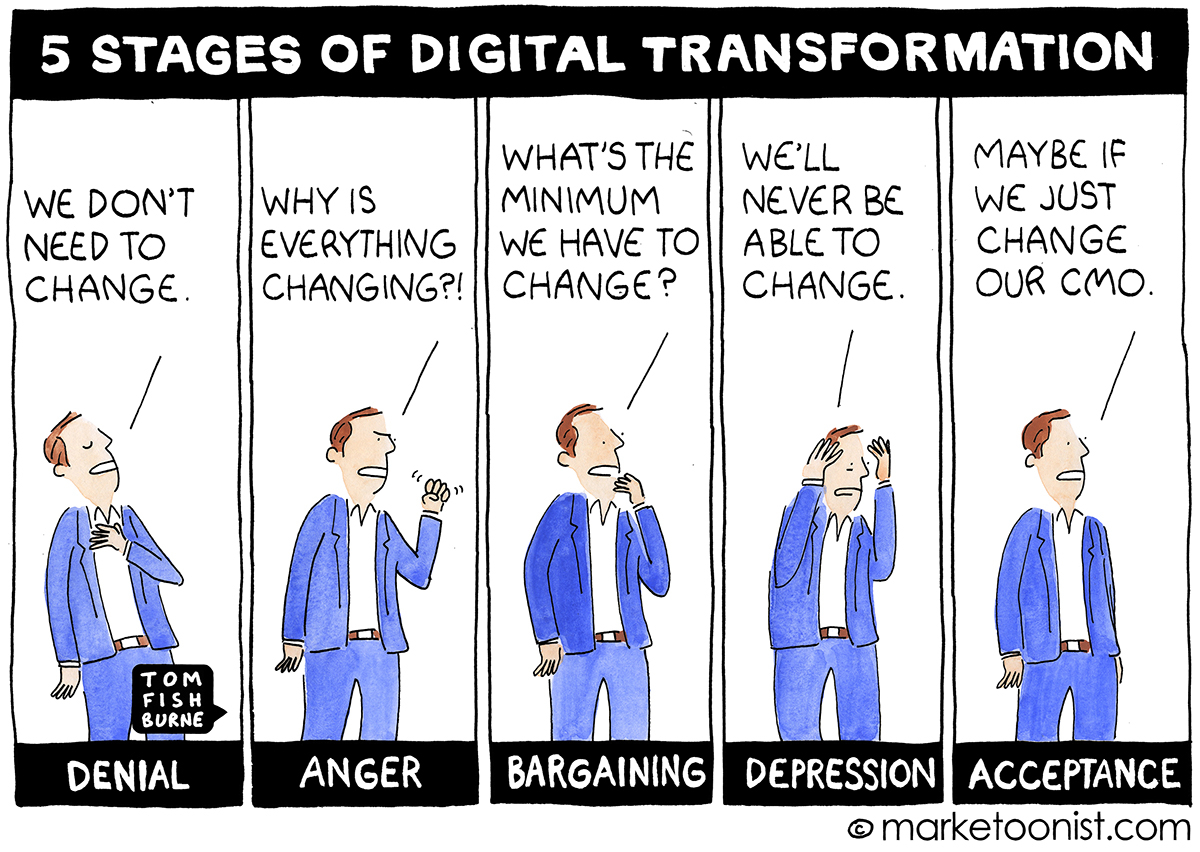In today’s day and age, it’s nearly impossible to run a business that doesn’t include a digital component. Incorporating digital aspects to your business can look like so much more than just an online storefront. Many entrepreneurs may be missing out on huge opportunities to strengthen their business by not taking advantage of all technological possibilities.
That’s where Alberta Women Entrepreneurs’ BOLD Leadership program comes in.
Over the course of the program, entrepreneurs get a baseline of knowledge about what a digital transformation can look like for their business before creating a plan that fits their needs and abilities. “The Bold Leadership Program focuses on the critical components of building a digital strategy for a business.” Says Gabriela Touma; Bold Leadership Program Advisor. Covering a range of topics from digital marketing to improving the customer experience, the aim is of this program is to get participants thinking about all of the ways, big and small, that digitalization can save them time and money.
A lot of people feel overwhelmed because there is so much technology out there. AWE’s Bold Leadership program tries to give people enough of an idea of what the technologies are about and then how to start to incorporate that into their business.
Some entrepreneurs, like Danielle Cherewyk, focus on mapping out how to automate their business processes, saving their team dozens of hours a week. Others may focus on developing new revenue models so they can start scaling up. Beyond the tangible benefits that can come from putting new technologies into practice, the greatest win can be a shift in business culture.
We want to help leaders start creating a culture of innovation in their companies. Sometimes leaders will feel that all of the innovative ideas fall on them, but we help them build a framework so that they can actually draw on all the innovation and the talents in their team to help move the whole company forward.
“Within The Bold Leadership Program, business leaders will learn everything from how to build a digital strategy, how to effectively leverage current and emerging technologies, and how to understand the drivers of transformation, Touma says, but most importantly we are helping them navigate the digital space with other inspiring women leaders that are excited to learn, collaborate and add to the conversation.”
While teaching the skills is important, AWE recognizes that creating a network of support for businesses as they go through their digital transformation is what takes an idea from concept to execution. Participants have access to one-on-one time with expert digital advisors during and after the course so they can continue to receive advice that is relevant to their unique business.
“The connections that happen in the program are remarkable. We’ve heard from many participants how much it has changed their businesses!”















